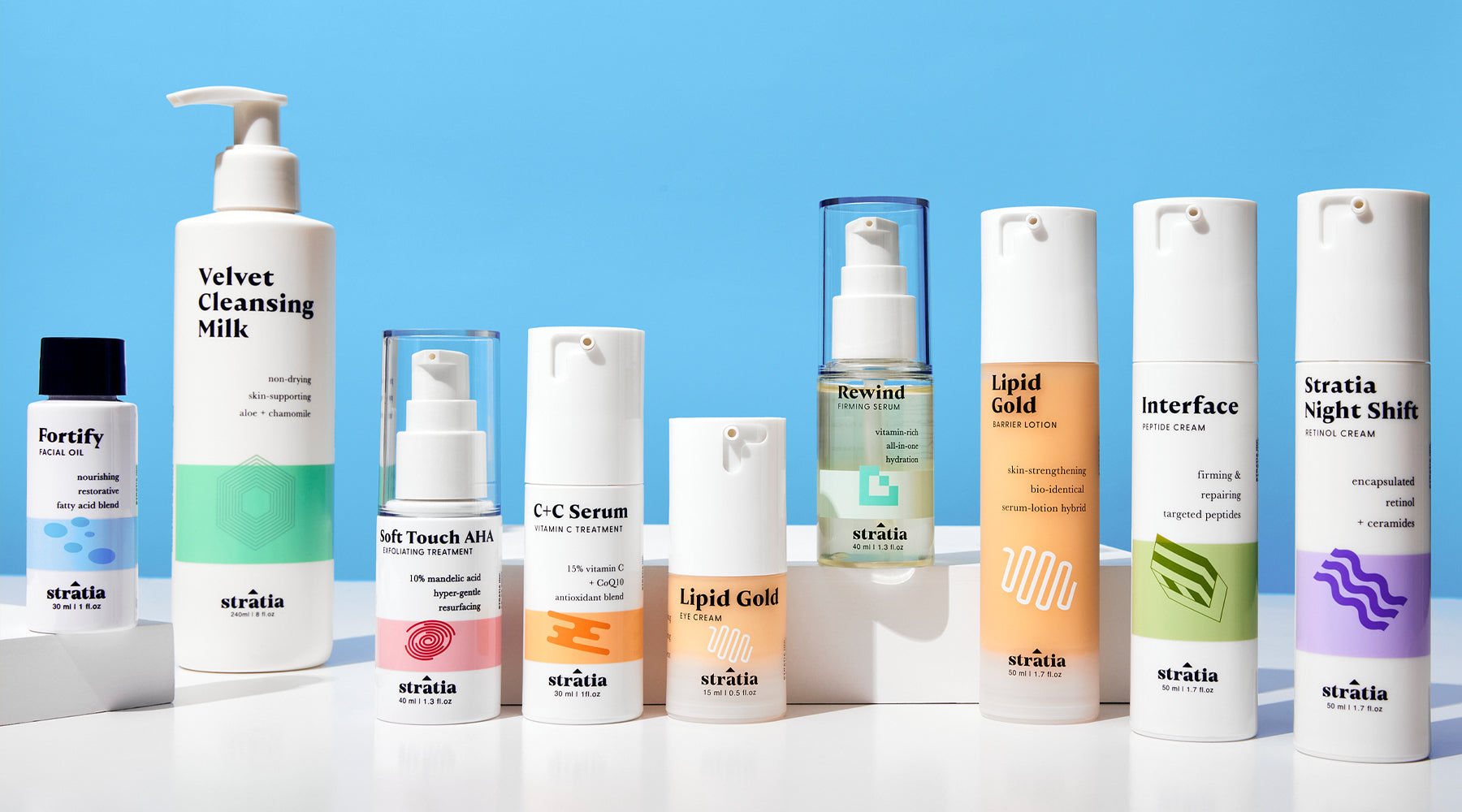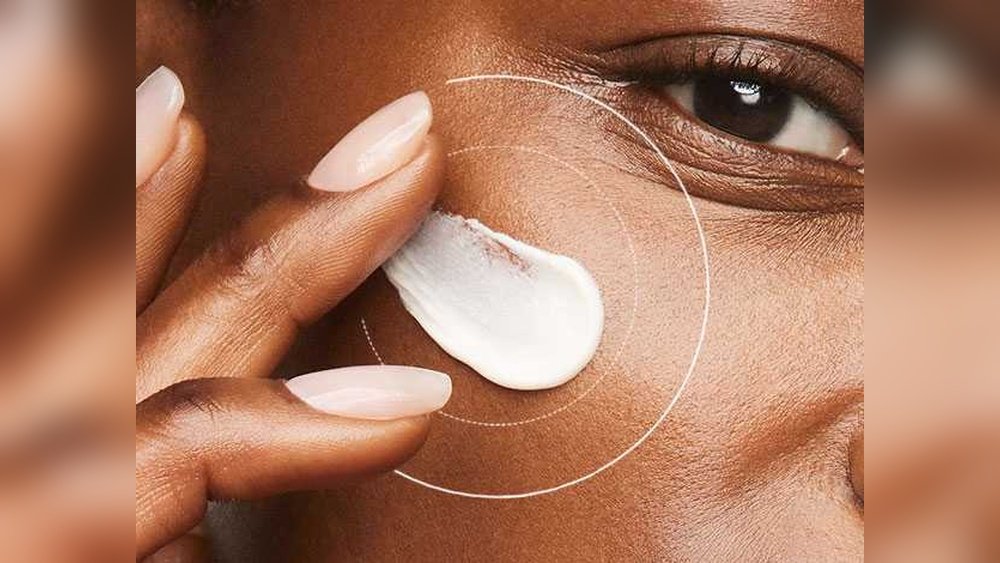As the seasons change, so does your skin’s needs. What worked perfectly in the warm summer months might leave your skin dry or irritated when colder weather sets in.
If you want to keep your skin healthy, glowing, and comfortable all year round, adjusting your skincare routine is not optional—it’s essential. But how do you know what to change and when? You’ll discover simple, effective ways to tailor your skincare to every season.
Whether it’s battling winter dryness or protecting against summer’s heat, you’ll learn how small tweaks can make a big difference. Ready to unlock your best skin through every season? Let’s dive in.

Credit: colessalon.com
Seasonal Skin Challenges
Seasonal changes bring different challenges for the skin. The shifts in weather affect how skin feels and looks. Adjusting skincare helps keep skin healthy throughout the year.
Each season has unique effects on skin. Understanding these effects can guide better skincare choices. Preparing for these changes makes skin more resilient.
Effects Of Temperature And Humidity
Temperature changes impact skin moisture levels. Cold air often dries out the skin. Hot weather increases sweat and oil production.
Humidity also plays a key role. High humidity can cause clogged pores and acne. Low humidity can lead to dry, flaky skin.
Skin needs different care depending on these factors. Balancing hydration and protection is essential.
Common Skin Issues By Season
Winter often brings dry, tight, and itchy skin. The cold air and indoor heating remove moisture. Using richer moisturizers helps combat dryness.
Spring can cause flare-ups from allergies. Skin may become red or irritated. Gentle cleansing and soothing products work best.
Summer usually increases oiliness and breakouts. Sun exposure can cause sunburn and dark spots. Lightweight, non-comedogenic products and sunscreen are vital.
Fall may lead to dull, tired skin. The drop in temperature reduces skin’s natural glow. Exfoliation and hydration restore brightness and softness.
Routine Tweaks For Winter
Winter brings cold air and low humidity that dry out your skin quickly. Your usual skincare routine needs changes to stay effective. Small adjustments protect your skin and keep it healthy during harsh weather. Focus on gentle cleansing, richer moisturizers, and tweaking active ingredients.
Gentle Cleansing Tips
Switch to a mild cleanser that does not strip oils. Avoid hot water as it dries skin faster. Use lukewarm water instead. Limit washing your face to twice a day. Pat your skin dry gently with a soft towel. Over-cleansing can cause irritation and tightness.
Choosing Rich Moisturizers
Pick creams with thick, nourishing formulas for winter. Ingredients like shea butter and ceramides help lock in moisture. Apply moisturizer right after cleansing while skin is still damp. This seals water in and prevents dryness. Reapply moisturizer during the day if skin feels tight.
Adjusting Active Ingredients
Reduce use of strong acids and retinoids in winter. These can increase skin sensitivity and dryness. Use gentle exfoliants once or twice a week only. Add soothing ingredients like hyaluronic acid and niacinamide. These hydrate and strengthen the skin barrier without irritation.
Summer Skincare Adjustments
Summer brings heat, humidity, and intense sun. These factors need changes in your skincare. Adjusting your routine helps keep your skin healthy and comfortable. Focus on hydration, sun protection, and controlling oil and sweat.
Lightweight Hydration Options
Thick creams can feel heavy and clog pores in summer. Switch to lightweight moisturizers or gels. Look for products with hyaluronic acid or aloe vera. They hydrate without leaving a greasy feel. Drink plenty of water to boost skin hydration from inside.
Sun Protection Strategies
Sun damage increases during summer. Use a broad-spectrum sunscreen with at least SPF 30 every day. Reapply every two hours if outside. Wear hats and sunglasses for extra protection. Choose sunscreens labeled “non-comedogenic” to avoid breakouts. Avoid direct sun during peak hours.
Balancing Oil And Sweat
Heat makes skin produce more oil and sweat. Cleanse your face twice daily with a gentle cleanser. Avoid harsh scrubs that strip natural oils. Use blotting papers to remove excess shine during the day. Include a light toner to balance skin’s pH and reduce oil. Keep pores clear but do not over-wash.
Transitioning Between Seasons
Changing seasons bring shifts in temperature and humidity. These changes affect your skin’s needs. Adjusting your skincare routine helps keep skin healthy and comfortable. Transitioning between seasons requires care and patience. Small steps ensure your skin adapts smoothly without irritation.
Introducing New Products Slowly
Add new products one at a time. This method helps identify what works best. Start with a small amount to see how your skin reacts. Gradually increase usage over days or weeks. Avoid switching multiple products all at once.
Monitoring Skin Reactions
Watch your skin closely for any changes. Look for redness, dryness, or breakouts. These may signal that a product is too strong or unsuitable. Stop using the product if irritation occurs. Give your skin time to recover before trying another product.
Timing And Consistency
Stick to a routine for at least one month. Skin needs time to adjust and renew itself. Consistent use shows real results and improves skin health. Be patient with active ingredients like retinoids or acids. Proper timing helps your skin stay balanced through seasonal shifts.
Long-term Skin Adaptation
Adjusting skincare for seasonal changes requires more than quick fixes. Skin needs time to adapt to new routines and environmental shifts. This process is called long-term skin adaptation. It involves understanding how your skin renews itself and managing any temporary reactions. Patience is essential to see lasting improvements and maintain healthy skin throughout the year.
Skin Cell Turnover Cycle
Your skin naturally renews itself every 28 to 40 days. This process is called the cell turnover cycle. Dead skin cells shed, and new cells replace them. Seasonal changes can slow or speed up this cycle. Cold weather often slows it down, causing dryness and dullness. Warm weather can speed it up, sometimes leading to oiliness or breakouts. Adjusting skincare helps support this natural cycle. Using gentle exfoliation and hydration can keep the cycle balanced and skin healthy.
Handling Purging And Breakouts
Introducing new products may cause purging or breakouts. Purging happens when your skin clears out clogged pores faster than usual. It may look like pimples or irritation. This is a normal part of adaptation. It usually lasts a few weeks. Avoid stopping your skincare too soon. Keep using the products as directed. If breakouts persist beyond a month, consult a dermatologist. Proper care during this time helps your skin adjust without long-term issues.
Patience And Persistence
True skin improvement takes time. Visible changes often appear after three months of consistent care. Some ingredients, like retinoids, need even longer to show results. Daily routine and patience are key. Avoid switching products too frequently. Give your skin time to respond and heal. Track your progress with photos or notes. Persistence ensures your skin adapts well through seasonal shifts. This approach leads to lasting, healthy skin year-round.

Credit: www.stratiaskin.com

Credit: www.rexburgskincare.com
Frequently Asked Questions
What Is The 1% Rule In Skincare?
The 1% rule in skincare means improving your routine by just 1% daily for noticeable, gradual skin benefits over time.
How Often Should You Switch Up Your Skincare Routine?
Switch your skincare routine every season to match changes in humidity and temperature. Introduce new products one at a time, allowing a month to see effects. Adjust based on your skin’s response to avoid irritation or breakouts. Consistency and patience deliver the best results.
How To Change Skincare Routine For Winter?
Switch to a gentle cleanser and thicker moisturizer to combat winter dryness. Limit exfoliation and retinol use. Always apply sunscreen daily. Avoid long, hot showers to preserve skin moisture.
How Long Does It Take For Your Skin To Adjust To New Skin Care?
Skin usually takes about one month to adjust to new skincare, matching its natural cell turnover cycle. Visible results often appear after three months of consistent use. Potent ingredients like retinoids may require four to five months for full effects.
Introduce products slowly and monitor your skin’s response.
Conclusion
Adjusting your skincare with each season helps keep your skin healthy. Cold months need more moisture and gentler care. Warm seasons call for lighter products and sun protection. Pay attention to how your skin feels and reacts. Give new products time to work, usually a month or more.
Stay patient and consistent for the best results. Small changes can make a big difference. Keep your routine simple and suited to the weather. Your skin will thank you all year long.
 Skip to content
Skip to content 